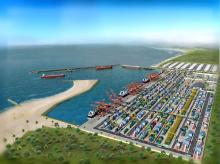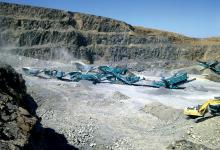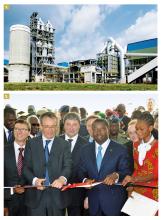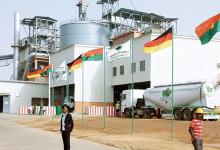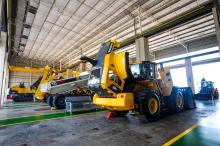Nigeria has reportedly become the country with the largest cement capacity in Sub-Saharan Africa at 28.3 million tonnes/year, with the country's demand for cement expected to reach 35 million tonnes/year by 2020. Meanwhile, Ethiopia, Angola, Senegal and Ghana now have annual cement capacity of 12.6 million, 8 million, 6.5 million and 6.7 million tonnes respectively.
The demand for cement in Sub-Saharan Africa is rising as real GDP in the region goes up by 5% annually over the last 10 years. Nigeria and South Africa used 18.3 million and 12.2 million tonnes of cement in 2013, and both countries account for half of total cement used in Sub-Saharan Africa. The urban population in Africa is forecast to reach 865 million by 2050 and housing shortage in Nigeria has reached critical levels. However, the cement sector in the continent might face oversupply issues and increase in production costs as cement plants mostly import fuel to operate.

